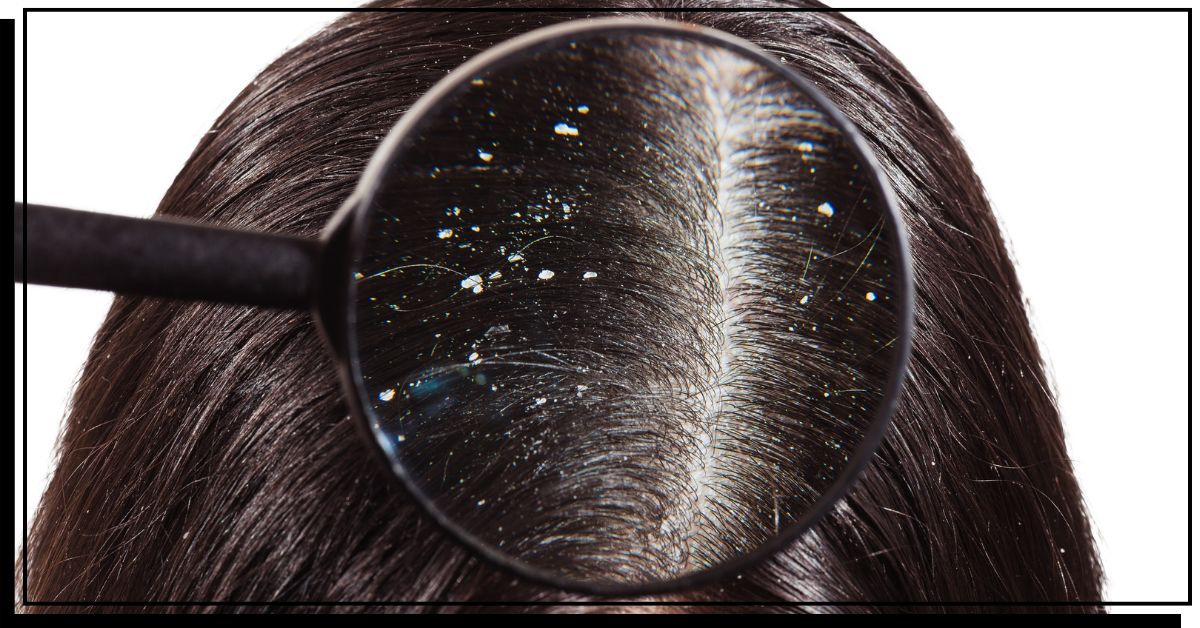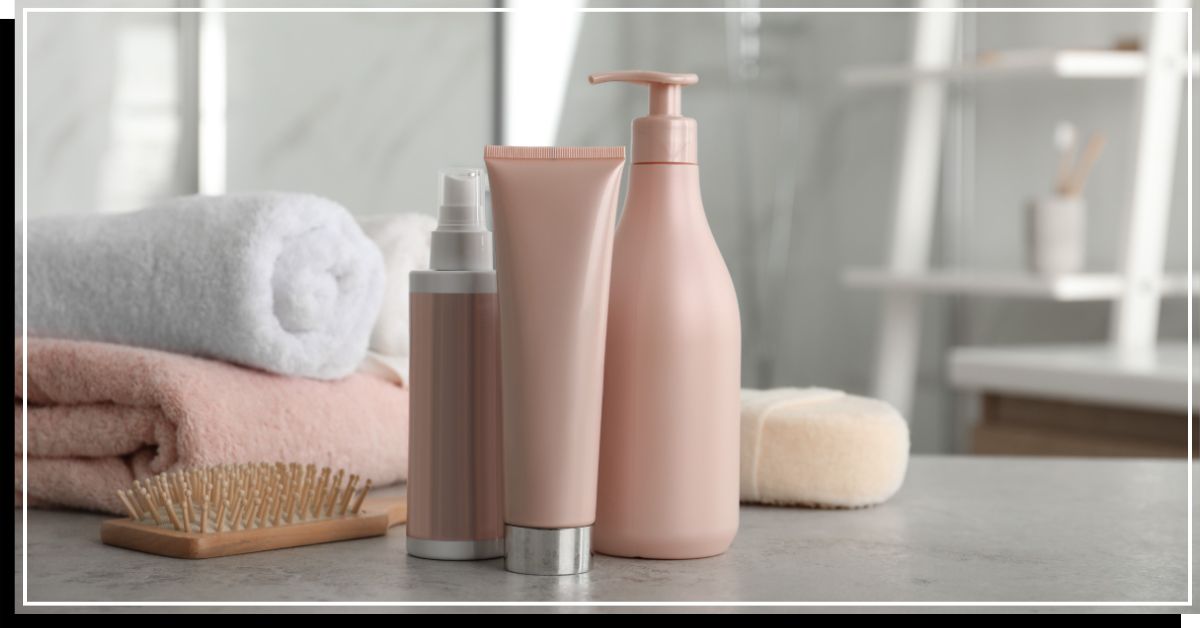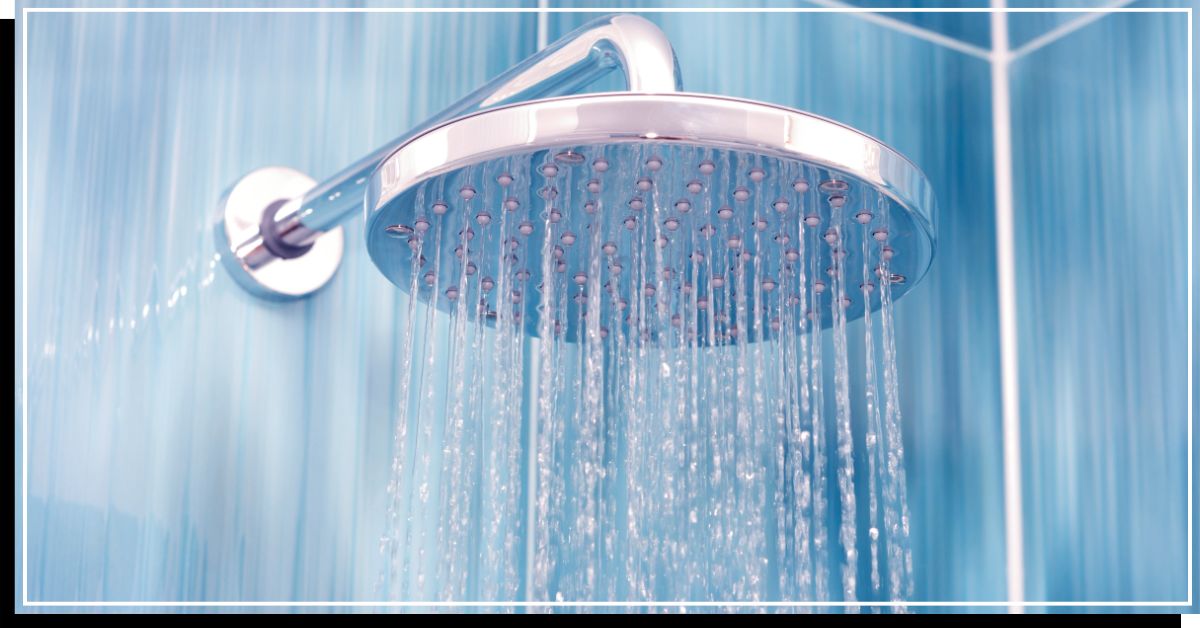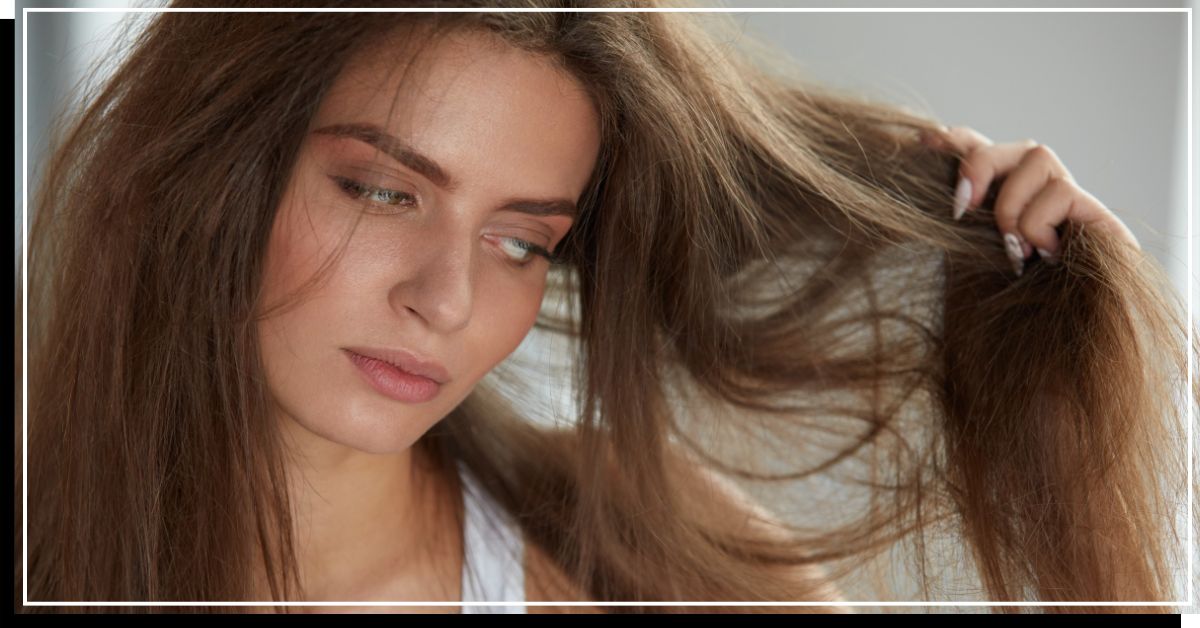Reader question:
Hi Cindy,
I’ve hit a bit of a hair roadblock and could really use your advice. In the past month, my hair has taken on this waxy, almost sticky texture, and I just can’t shake it. I’ve gone through three different shampoos, tried rinsing with apple cider vinegar, and even cut down on my usual hair products, but nothing seems to make a difference. The only thing I can think of is that I recently moved to a city with harder water, but I’m not sure if that’s the culprit. Has anyone else experienced this? Any products or home remedies that might help?
Thanks!
Vanessa Rios
Mesa, Arizona
Vanessa, I know first hand that there are very few things in life that feel better than a bouncy, lustrous, clean-smelling head of hair.
Unfortunately, no matter what you do, there are factors that contribute to the buildup of oils in your hair. When nothing you try is working, you’re forced to ask, “Why does my hair feel waxy?”
Four common reasons why your hair might feel waxy includes medical conditions, product buildup, hard water, and hair damage.
I asked Beth Nuccio, owner, and hairstylist at Studio B in Chicago, IL, about her experiences with waxy hair.
She told me, “Waxy buildup on hair is caused by several factors. Using products with silicone leave behind a residue, which can buildup over time, and create a waxy feeling on the hair. Seborrhea is also a condition of the scalp caused by overproduction of sebum on the scalp, creating a waxy buildup on your hair.”
Basically, there’s a wide range of factors that could be causing that waxiness on your hair. But by the time you’re done reading, you’ll know the most likely culprits and how to restore your locks.
In this article, you’ll learn.
- What waxy hair is. When your hair is waxy, it feels oily and heavy. It also loses its natural shine, looks lifeless, and becomes difficult to style.
- Why your hair feels waxy based on your hair type, hair care routine, and where you live. Whether it’s product buildup, hair damage, hard water, or a medical condition, I’ll detail all the possible causes of your waxy hair.
- How to get rid of your hair’s waxy buildup. Knowing the how and why can help you determine the best ways to restore your hair’s natural bounce. Luckily, there are 4 ways you can eliminate waxy hair and prevent it from happening in the future.
- Frequently asked questions about waxy hair. Ranging from common causes to common treatments, these questions cover all the basics.
What Is Waxy Hair?

Has your hair lost its usual shine or bounce? Does it feel greasy, sticky, or full of gunk, even after washing? Do you feel an oily residue after running your fingers through your hair?
If you answered ‘yes’ to any of these questions, then your hair has become what hairdressers and beauty experts refer to as ‘waxy hair.’
This is when your hair’s cuticle (the protective outer layer on every hair strand) becomes limp and dull. They have no life or movement. No matter what you do, your tresses can’t be styled, brushed, or even hold a curl.
4 Reasons Why Your Hair Feels Waxy
Waxy hair can be caused by a number of underlying issues. Below, I’ve rounded up the 4 most common causes I’ve noticed with my clients. Other hairdressers, I’ve spoken with reported these same causes.
1. Medical Conditions
Any one of a number of medical conditions can cause your hair to feel waxy. Fortunately, being aware of these issues means you can take steps to fix them.
Poor Diet, Stress, and Lack of Sleep
You know that saying: ‘you are what you eat’? Well, it certainly rings true here. Poor diet choices like eating high amounts of carbs, sugar, or processed foods can have a detrimental effect on the health of your skin and hair. Your hair needs vitamins and nutrients just like the rest of your body.
Then you pile on more problems, like lack of sleep and stress. Together, they create an imbalance of chemicals and hormones in your body. (source) The end result is waxy hair, not to mention an unhealthy lifestyle.
So, how do you break this vicious cycle? Create a daily bedtime routine and try to work out 3–5 times a week. Also, eat foods rich in vitamins B and E, zinc, and iron– these can help boost the overall health of your skin, hair, and nails.
Seborrhea
Seborrhea is a skin condition caused by an imbalance in your body’s hormone levels. It often affects your scalp, which makes it feel itchy and inflamed. (source)
This redness and irritation cause your scalp to produce white or yellow flakes, typically known as dandruff. These flakes cover your scalp and hair follicles, preventing them from breathing.
As a result, they begin producing more and more oils, which makes your hair feel waxy.
Because this is a medical condition, you’ll want a formal diagnosis before trying any treatments. Talk with your doctor, dermatologist, or trichologist if your scalp has ongoing rashes or patches of yellow/white scaly skin.
2. Product Buildup

Even with regular shampooing and conditioning, product buildup remains one of the most common causes of waxy hair. This is because many hair products currently on the market contain a combination of water-resistant ingredients.
So, depending on the product, its ingredients latch on to each hair strand. Over time, this results in a buildup of a wax-like layer over your hair, making it look weighed down and slick. Let’s take a look at the most common problematic ingredients.
Sulfates
Sulfates are surfactants, also known as detergents. They’re added to shampoos and soaps to give that refreshing frothy lather. Plus, they help remove dirt and oils from your hair and scalp, giving it that ‘squeaky-clean’ feel.
There are 2 main types of sulfates: sodium laureth sulfate and sodium lauryl sulfate. Both work by lowering surface tension levels between your skin and the shampoo.
The problem with sulfates is that they can be harsh on hair strands. So, when used regularly, they strip your hair’s natural oils and moisture.
This leads your scalp to produce more oils, making your hair look greasy and feel weighed down. Basically, sulfates don’t actually latch onto your hair– they strip everything off. But when overused, your scalp becomes too dry.
That’s what triggers the production of more oils. In this scenario, the waxy feeling is caused by a build-up of your own natural oils.
Silicones
Silicones are synthetically created chemicals. They’re used in a wide range of hair care products to condition, detangle, and lubricate hair strands.
Because they’re generally lightweight, they also help make your hair feel soft and bouncy. Plus, using products with silicones has proven handy if you have dry, tangled, or unmanageable hair. As a result, they make brushing it much easier, while preventing your hair strands from snapping or crackling.
By now, you’re probably thinking: if they’re so great, what’s the problem?
For starters, silicones don’t treat dry or damaged hair. They’re more of a temporary cover-up, like a band-aid. Then, with prolonged use, they start creating layers of chemical buildup, leading to waxy, dense hair. (source)
If you regularly use products containing silicone, odds are you’ve found the cause of your waxy hair. Every now and then is fine– but daily use means you’ll need a deep-cleaning shampoo to remove the buildup.
3. Hard Water

The term ‘hard water’ refers to the amount of minerals it contains, particularly magnesium and calcium. You may be surprised to know that many homes in the US have hard water running through their pipes.
Over time, these minerals cling to your hair’s cuticle, resulting in a waxy buildup. I asked Beth for her take on how location factors into waxy hair. She said, “Parts of the country with hard water are prone to waxy feeling hair, due to the high level of minerals in water.
Over time, mineral buildup can create a waxy layer on the hair. Areas with higher levels of air pollution are also at risk for buildup on the hair.
This is due to the scalp being in a state of protection mode. The scalp releases excess oils to create a protection barrier from the environmental pollutants. Fine hair overall has a tendency to look more oily, because the hair shaft is smoother and less porous.”
One way to prevent this is to rinse your hair with filtered water. You can easily install a shower filter in your bathroom, or fill a pot with filtered water from your kitchen and use it to rinse your hair.
4. Hair Damage

Your hair is constantly being bombarded with things that affect the way it feels and looks, from harmful UV rays to air pollution to wind and water. Your first thought may be that environmental damage can cause your hair to become dry and frizzy. However, it’s just as capable of leading to waxy hair.
Pool and Salt Water Damage
You probably already know that chlorine and salt water can wreak havoc on your hair, causing it to become frizzy, brittle, and dry. So, to get it looking and feeling soft once again, you slather on conditioner or leave-in serums.
The problem is that these products are loaded with silicones that cling on to your hair’s cuticle. This causes chemical buildup, which, in turn, causes your hair to feel waxy.
Experts say that your best defense against pool and saltwater damage is simple: rinse your hair. The trick is to do it as soon as you get out of the water to reduce the amount of chemicals penetrating your hair’s cuticle or follicles, thus reducing the risk of damage.
Another reason for waxy build-up is when you don’t properly rinse out your shampoo. Trichologists see this all the time under a microscope. When you leave the shampoo on your scalp, it acts as a magnet, attracting product build-up, bacteria, dirt, and fungus. This accumulation can lead to inflammation in your hair follicles and more build-up.
UV Damage
It’s not prolonged exposure to UV rays that make your hair feel waxy or greasy. Rather, it’s what you use to restore your sun-damaged hair.
When this happens, you probably reach for conditioners, serums, and hair creams to repair the damage. However, the only thing any of these hair care products can do is essentially make your hair ‘look’ softer. It’ll still feel brittle and oily.
In addition, these products contain silicones and other chemicals that pile on the greasiness, making your hair feel even heavier and more dull.
So, if none of these products can reverse the damage, what can? In my professional experience, the only thing that truly brings UV damaged hair back to life is getting it trimmed.
After that, it’s all about taking the right preventative measures. For example, apply professional UV protectant products that prevent damage in the first place.
My go-to for years has been Sun Bum SPF 30 Hair & Scalp Sunscreen Spray. This product is vegan, cruelty-free, plus free of harmful oxybenzone and octinoxate. It protects your hair and scalp from sun damage without that sticky feel!
You can also cover your hair with a hat or scarf if you’re going to be out in the sun for a long time.
Damage from Chemical Processing
When your hair goes through too many chemical treatments, it becomes brittle and weak. The chemicals compromise the keratin structure of your hair follicles, leaving your hair feeling gummy and oily.
If you’ve ever seen one of those DIY hair videos where the person’s hair looks like melted cheese by the end, you’ve seen waxy hair caused by chemical damage.
How to Get the Waxy Feeling Out of Your Hair

Now that we know the causes behind waxy hair, it’s time to look at some ways to remove the greasiness and restore your hair’s natural glory.
Use a Clarifying Shampoo
Clarifying shampoos are made to remove product buildup that deposits on the surface of your hair’s cuticle.
One great shampoo specifically made to rid your hair of all that grease is Paul Mitchell Shampoo Two. Not only does it deep clean your hair to remove product buildup, but it also nourishes and protects it.
My favorite part is that It’s paraben-free and color safe, so it’s safe to use on all hair types.
Another hot pick is Malibu Swimmers Wellness Shampoo. This hydrating shampoo does a great job of protecting your hair against pool damage and removing chlorine buildup. Plus, it contains preservative-free ingredients and nourishing vitamins that keep your hair looking and feeling healthy and manageable.
I asked Beth how different hair types can eliminate waxy buildup with a clarifying shampoo. She told me, “If you have fine hair or a naturally more oily scalp, then make sure you shampoo with a gentle balancing shampoo, so you are not stripping the oils, thus creating a vicious cycle of oil overproduction. Here are the best dry shampoos for oily hair.
On the opposite end, if you have coarse, thick hair, or a dry scalp, you should still [use a clarifying] shampoo once every 1-2 weeks, because layering products for long stretches can create buildup.”
Keep Hair Tools Clean
Product buildup doesn’t only accumulate on your hair, but on your hair tools as well.
That’s why it’s important to clean all your hair tools, like your comb, hairbrush, towels, hot tools, and even your hats between each use. This will help prevent sebum or chemical buildup on these items, which can then get transferred back into your hair.
If you use any type of styling iron, then you should try Hot Tools Professional Styling Iron Cleaner. It’s easy to use and leaves your styling irons clean and sebum-free. Simply give your tools a quick wipe with this after they’ve cooled down, and you’re done.
Diet
Focus on eating foods loaded with vitamins and minerals that enhance healthy hair. Some examples of hair-boosting foods are leafy greens, iron-fortified cereals, lean poultry, and fatty fish. (source)
At the same time, start cutting back on certain food items that could be causing your hair to feel waxy. These include foods high in fats, starch, and processed sugar.
See a Professional
Sometimes, waxy hair is caused by a medical condition, such as seborrhea, that doesn’t improve with simple home treatments. If this is the case, you may need to seek advice from your doctor, dermatologist, or trichologist.
They may prescribe medication, which can be in the form of corticosteroid ointments or creams that you can apply to your scalp.
You can also talk to a dietician to help you determine if anything in your diet is causing an excess production of oils.
Frequently Asked Questions About Waxy Hair
Why Does My Hair Feel Greasy After Blow Drying It?
The reason your hair feels greasy after blow drying is simple: you’re overdoing it. When you use too much of any type of hair product, it leaves behind a layer of residue.
Add to that heat from your blow dryer, and you’re only piling on the oily buildup, which leaves your hair looking and feeling waxy.
Remember, a little can go a long way, especially if you’re using quality products.
How Often Should You Use a Clarifying Shampoo?
You can use a clarifying shampoo once or twice a week at most. Apply a small amount to your damp hair, massaging it into your scalp. Make sure you cover all your hair strands up until the tips.
Finally, leave it in for about 30 seconds before rinsing it all away with lukewarm water. Make sure you are feeling the water on your scalp.
Depending on how waxy your hair feels, you might not notice major results for a week or two. But you can cut down to clarifying just once or twice a month once your hair feels normal again.
Why Does My Hair Feel Waxy After Washing It?
One possible reason why your hair feels waxy even after you wash it is that you may not be thoroughly rinsing your conditioner from your hair.
Another reason could be that you’re using a heavy conditioner or one that’s wrong for your hair type.
Why Does My Hair Feel Waxy After Bleaching?
If your hair feels greasy after bleaching, it may have been processed to the point of being extremely damaged.
Unfortunately, this means that not just the outer layer of your hair strand has been affected, but the inside of the follicle as well.
How Do You Treat Waxy Hair?
The best way to treat waxy hair is to use ‘low-poo’ hair products that don’t contain any silicones or sulfates that cause product buildup.
You can use a shampoo with sulfates once or twice a month. Just make sure to follow it with a sulfate-free conditioner to prevent buildup.
Can Chelating Shampoos Help Remove Waxy Buildup from Hair?
Yes, chelating shampoos can help remove waxy buildup from your hair. They’re actually designed with one goal in mind: to rid your hair of salt and chlorine buildup, which is a common cause of waxy hair.
Plus, chelating shampoos are gentle on your hair and won’t strip it of its natural oils.
Have a question about your hair?
Email your question to questions@latest-hairstyles.com with the subject line: Here is my hair question. I’ll then answer it and feature it here on the site!
